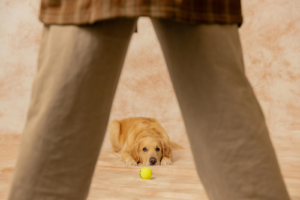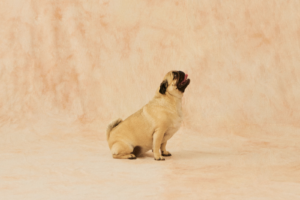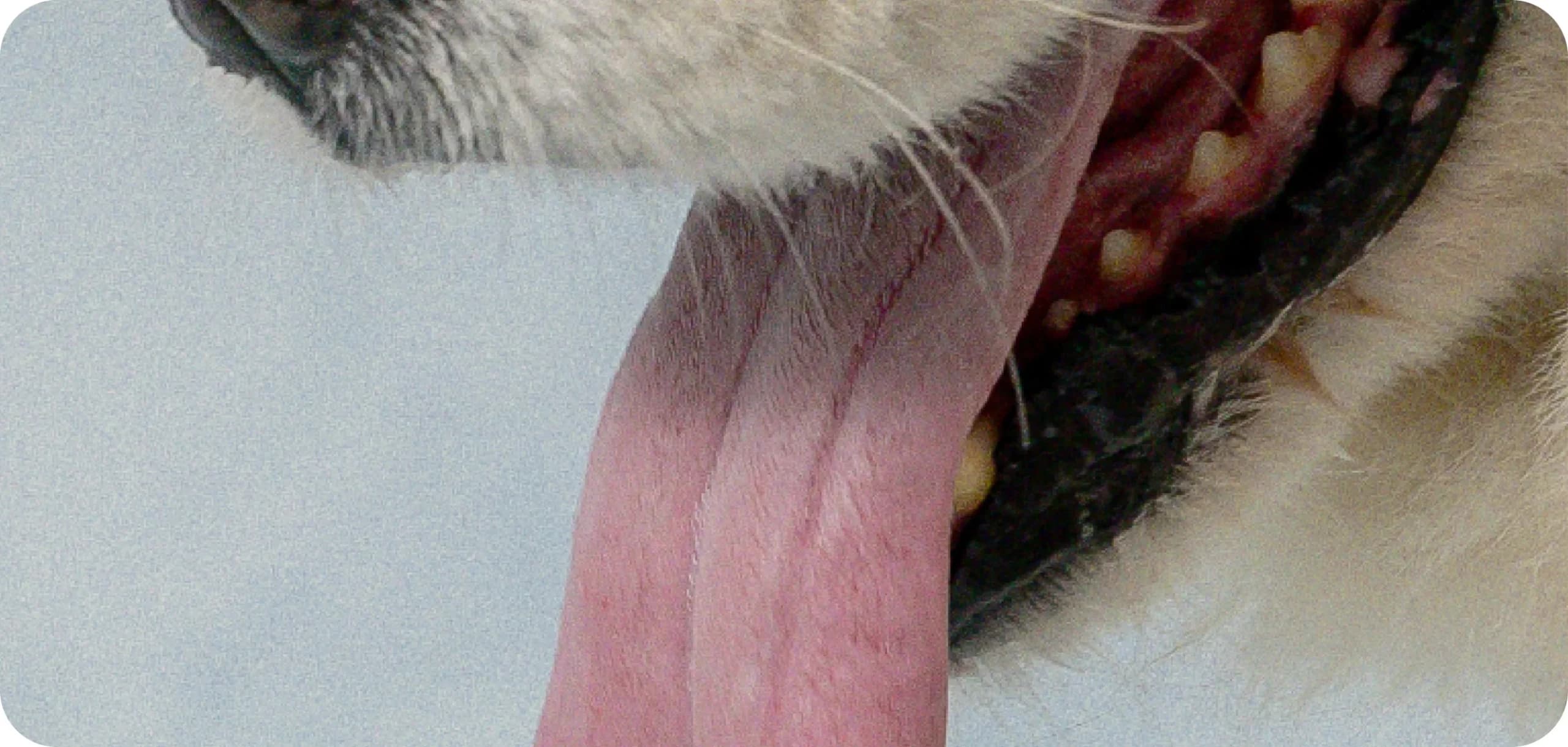The holidays bring joy, excitement, and plenty of family time—but for dogs, it can lead to an unexpected challenge: separation anxiety. As routines return to normal after the holidays, some dogs may struggle with being left alone, displaying distressing behaviors like barking, chewing, or even destructive tendencies. Let’s explore what separation anxiety is, why it’s more common after the holidays, and how to help your dog overcome it.

What Is Separation Anxiety in Dogs?
Separation anxiety occurs when a dog becomes overly attached to their owner and experiences extreme stress or panic when left alone. It’s more than just missing their owner—it’s a psychological condition that can manifest through behaviors like:
- Excessive barking or howling when left alone.
- Destructive chewing or scratching, especially near doors or windows.
- Attempts to escape from their confined area.
- Indoor accidents despite being house-trained.
- Pacing, drooling, or trembling when you’re about to leave.
Why Do Dogs Develop Separation Anxiety?
Dogs are social animals and thrive on companionship. When their environment or routine changes, it can lead to confusion and stress. Post-holiday separation anxiety is especially common due to:
- Increased Togetherness During the Holidays: Over the holidays, dogs often spend more time with their owners. This constant companionship can make the sudden return to a regular schedule more difficult.
- Changes in Routine: Meal times, walks, and play sessions may have shifted during the holidays, creating uncertainty when the routine changes again.
- Overstimulation: Busy holidays with guests and activities can leave dogs feeling unsettled and more prone to anxiety once the excitement ends.
How to Address Post-Holiday Separation Anxiety in Dogs
Helping your dog cope with separation anxiety requires patience and a structured approach. Here’s where to start:
1. Reestablish a Predictable Routine
- Dogs thrive on routine, so start by setting consistent meal times, walks, and play sessions.
- Gradually adjust their schedule to align with your regular workday, including quiet times when they’re alone.
Read more about reestablishing your dogs routine after the holidays- HERE.
2. Practice Gradual Departures
- Start by leaving your dog alone for short periods and gradually increase the time.
- Use positive reinforcement, like treats or toys, to create positive associations with your departures.
- Avoid dramatic goodbyes or overly enthusiastic greetings when you return—stay calm to signal that being alone is normal.
3. Provide Mental and Physical Stimulation
- Exercise your dog before leaving to help burn off excess energy.
- Use puzzle toys, treat-dispensing devices, or interactive feeders to keep their mind engaged while you’re away.
- Rotate toys to keep their environment interesting.
4. Create a Safe, Comfortable Space
- Ensure your dog has a cozy area where they feel secure, such as a crate or a specific room.
- Use calming aids like white noise machines, calming sprays, or anxiety wraps to help them relax.
Want to learn more about create training and all the benefits? Check out our crate training guide- HERE.

Common Mistakes to Avoid
When addressing separation anxiety in dogs, it’s easy to make well-intentioned mistakes that can hinder progress:
- Punishing Your Dog: Reacting negatively to destructive behaviors can increase anxiety rather than reduce it.
- Moving Too Fast: Rushing the process of leaving your dog alone for extended periods can make the problem worse. Progress should be gradual.
- Overindulging Your Dog: Constantly comforting or reassuring your dog during anxious moments can reinforce their dependence on you.
The Path to a Happier, More Confident Dog
Separation anxiety can be challenging, but with patience and consistency, your dog can learn to feel more secure when left alone. By reestablishing routines, providing mental and physical stimulation, and avoiding common pitfalls, you’ll help your dog adjust to post-holiday life with confidence. Remember, every dog is different, so tailor your approach to meet their unique needs—and don’t hesitate to seek professional guidance if needed.

WEEKLY NEWSLETTER
Lorem ipsum dolor sit amet consectetur. Viverra sed eleifend at nibh fermentum. Tortor imperdiet penatibus aliquam lorem pellentesque.



